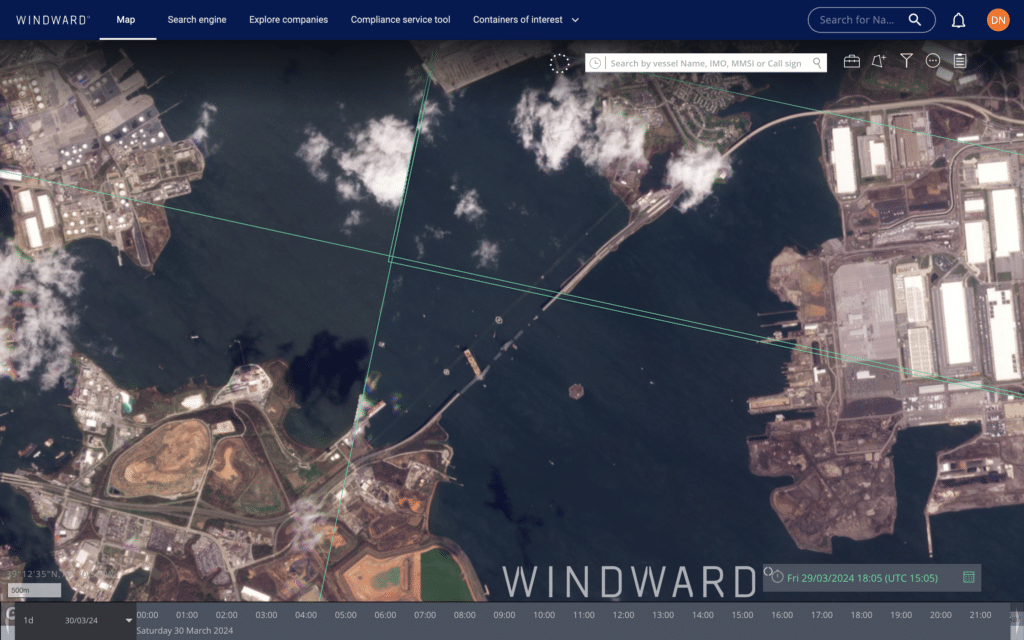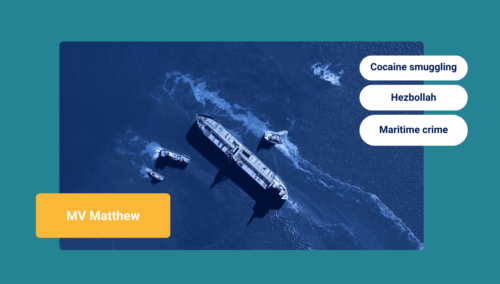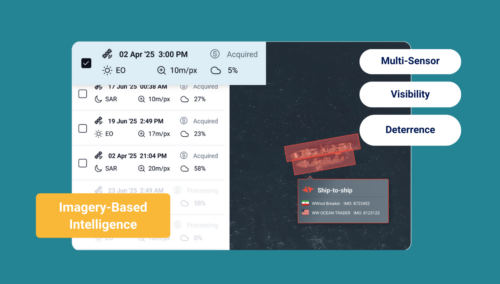Volatility Grows in North America: Global Trade Report
The catastrophic maritime accident in Baltimore, resulting in six fatalities, has become the costliest in history for insurers – they are facing payments totaling $4 billion.
From an operational perspective, a key port handling 39 million tons of cargo annually is now paralyzed. Although authorities are striving to swiftly resume port activities, it will take years to fully rebuild the Francis Scott Key Bridge, a vital 1.7-mile land pathway used by 35,000 vehicles daily, including trucks transporting unloaded cargo from the port.

The Baltimore crisis caused by the Dali vessel has shed light on an even broader issue: growing volatility in the U.S. region.
This includes a mix of domestic challenges – such as the Baltimore tragedy, the potential strike by the International Longshoremen’s Association (the ILA, which represents dockworkers on the East Coast and as far West as Houston, and Great Lakes dockworkers), and the potential tariff hike on Chinese goods if Trump is re-elected. International events, such as the Red Sea crisis, are also affecting the world’s second highest country for port traffic.
See our AI-powered insights into the growing volatility:
- The capacity of alternative ports to accept specialized cargo and bulk remains uncertain. The Port of Baltimore managed nearly 71,000 cars and light trucks on average in 2023.
Shipping prices from the U.S. East Coast to East Asia/China (Source: Freightos/Windward Port Insights)
The increase in shipping prices is not occurring in a vacuum. The already busy route from the U.S. East Coast and Central America, via The Cape of Good Hope to East Asia, has seen enormous growth of containerized traffic due to the Houthi attacks in the Red Sea.
The monthly average of container vessels sailing the route of the U.S. East Coast to China increased by 36% when comparing Q4 2023 to Q1 2024. The opposite direction, from China to the U.S. East Coast, also shows a great increase. The monthly average of container vessels sailing this route was 1.1 in 2023. In Q1 of 2024, the monthly average increased by 627% (!).
A new oceanic area experiencing significant growth in container vessel traffic is the South Atlantic Ocean. Windward data reveals that between November 2023 and March 2024, there was a 170% increase in container vessel traffic in the South Atlantic Ocean.
Ultra-large container movements illustrated.

The link between forced labor and IUU fishing highlights the need for a smarter approach to address both issues. Efforts to combat forced labor and IUU fishing involve collaboration among governments and international organizations. While strengthening laws and regulations is important, the right tools to detect and monitor ships that are involved in IUU fishing practices are required, so they can be reported and stopped.
Increased transparency in the seafood supply chain and consumer awareness play crucial roles in promoting sustainable and ethical practices in the fishing industry. Now, it is also necessary to ensure products are free of forced labor, aligned with new regulations, and permitted for sale in the EU.
Enhanced due diligence is also necessary to avoid, prevent, or stop IUU fishing and forced labor. Leveraging the power of AI, organizations can strengthen their efforts by utilizing advanced technologies to analyze data, track support fleet behavior, and detect potential indicators of illicit activities. This combination of enhanced due diligence and AI-driven insights can help curtail forced labor practices.







